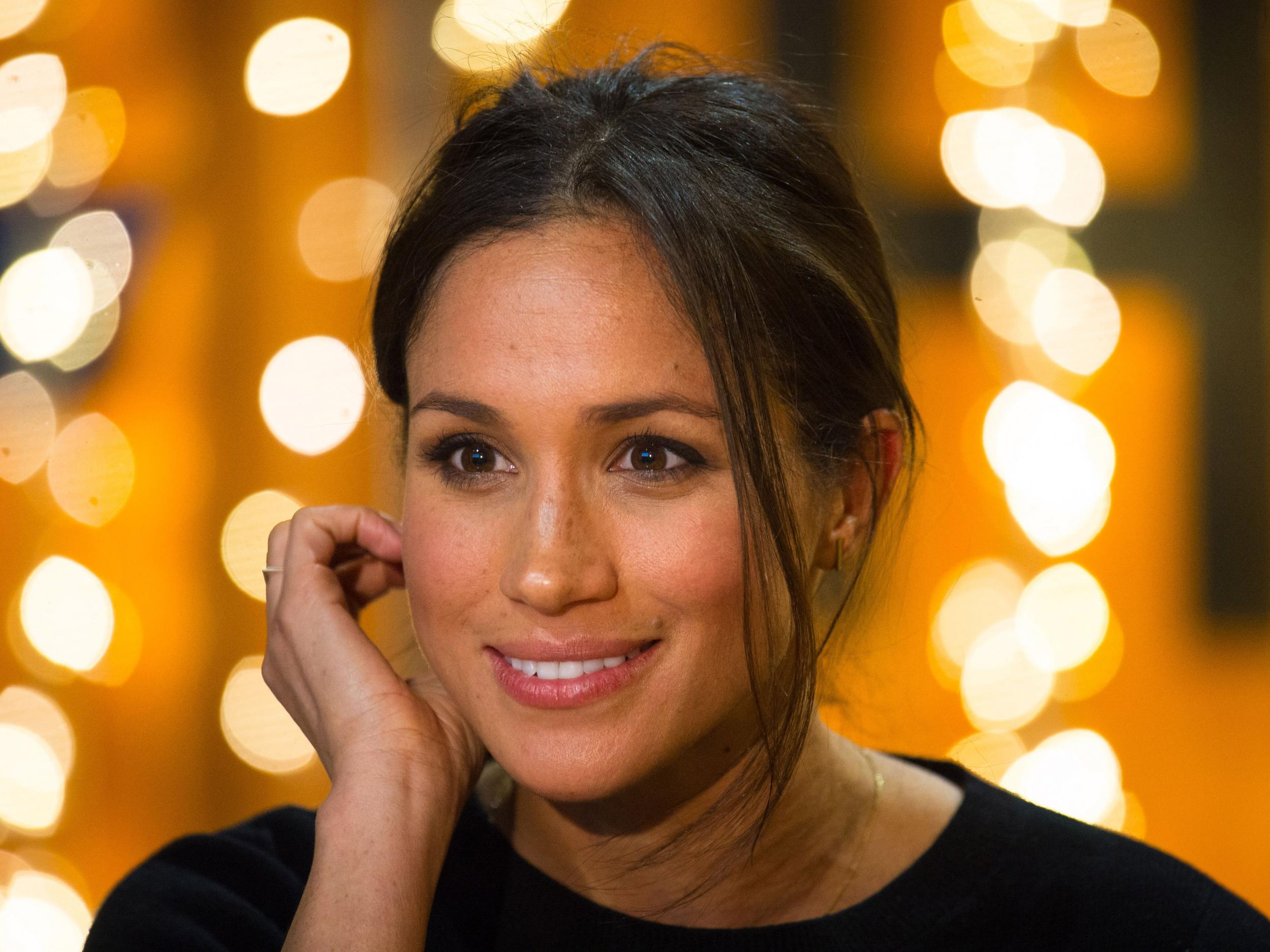I'm glad Meghan Markle is speaking at her wedding but how are the rest of us supposed to navigate sexist marriage norms?
Avoiding sexist traditions at your wedding can be difficult, as most customs were designed to oppress women

Meghan Markle will be doing things differently from those who wed at Windsor Castle before her, with reports that she is planning on breaking tradition by giving her own speech.
As an advocate for women, it shouldn’t be too surprising that Markle plans on ditching the tradition. In a not-so-distant past, women were considered to be little more than property worth about as much as a few cows and a small patch of grass. Owned by their fathers from birth, girls would eventually be married off to the highest bidder. Signifying the transfer of ownership from the girl’s father to her new husband, the bride-to-be often had little or no choice in the matter of to whom she’d be wed, forcing women into a life that was far from the happily-ever-after we strive for today.
Hardly keen on this way of life, women would resist and even flee before their wedding. As a solution to history’s original runaway brides, customs were designed to belittle women and ensure they understood their low value within the community. Over time these customs have lost their meaning, so let us be reminded of the wedding traditions we’re all guilty of blindly following, with the aim to ditch them like the future Duchess.
Skip asking permission
Today it’s still considered proper etiquette for a man to get permission from his future bride’s father before popping the question. This outdated tradition stems from the meeting between a potential suitor and a girl’s father in order to enquire about the dowry he would receive upon marriage. A dowry was often gifted to the groom in the form of land or money, both which his bride had no claim to. If the suitor found the dowry fair and the father found the suitor up to his standards, the wedding would be arranged. Continuing to follow this tradition implies that women can’t make their own decisions and need their father’s permission to do what they please.
Nix the veil
Similar to the tradition of wearing a white dress, the veil is said to have been designed to symbolise purity and modesty. Cultures that practice arranged marriages also use veils to hide the woman’s face to save her from embarrassment if her new husband is unimpressed by her appearance upon their meeting. It has also been said that the veil was designed to be long and heavy in order to make it more difficult for brides to run away. While veils are still worn today, many women choose alternative looks such as floral crowns and intricate hair pieces.
Change the vows
Traditional wedding vows vary according to practised religion – however, it’s not uncommon for brides to vow to “obey” their new husband. This, of course, is a one-way street and it’s not written in the vows for men to provide the same promise. Modern women have chosen to alter this part of the vows so that they are more in line with equality. Princess Diana made this change, as did Catherine, Duchess of Cambridge for her wedding ceremony. It’s expected that Meghan Markle will follow in their footsteps and remove the word as well for her wedding.
Skip the garter and bouquet toss
As the bride’s dress was considered lucky, guests would tear at her clothes to grab what they could after the ceremony, often leaving her bloodied and bruised in the process. The bride would often throw her bouquet, giving her guests something to chase and to divert the attention off of her, starting the tradition of the bouquet toss. This occurred on their way to a not-so-private bedroom designated for the couple. Back in the day, newlyweds would require witnesses when they consummated their marriage and, for some reason, guests were eager to participate. Eventually, the absurdity of this custom was realised and it was altered so that only one witness was required. They would stand outside of the door while the groom removed a piece of his bride’s undergarments, often a garter, giving it to the witness as proof that the two had indeed made the marriage official. While today these traditions have become somewhat of a fun thing to observe, knowing their repulsive origins will hopefully encourage you to skip them.
Choosing not to have your father walk you down the aisle or not taking your husband’s last name are just a few more examples of how you can avoid inequality on your big day. The most important thing is that you celebrate your love the way you and your significant other want to, not the way some silly tradition tells you to.
Join our commenting forum
Join thought-provoking conversations, follow other Independent readers and see their replies
Comments